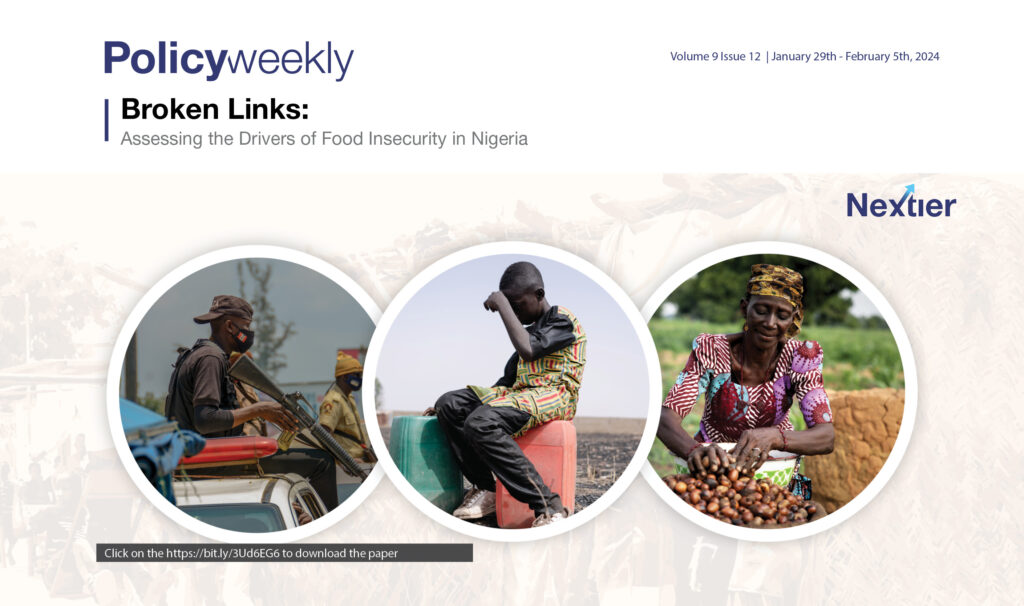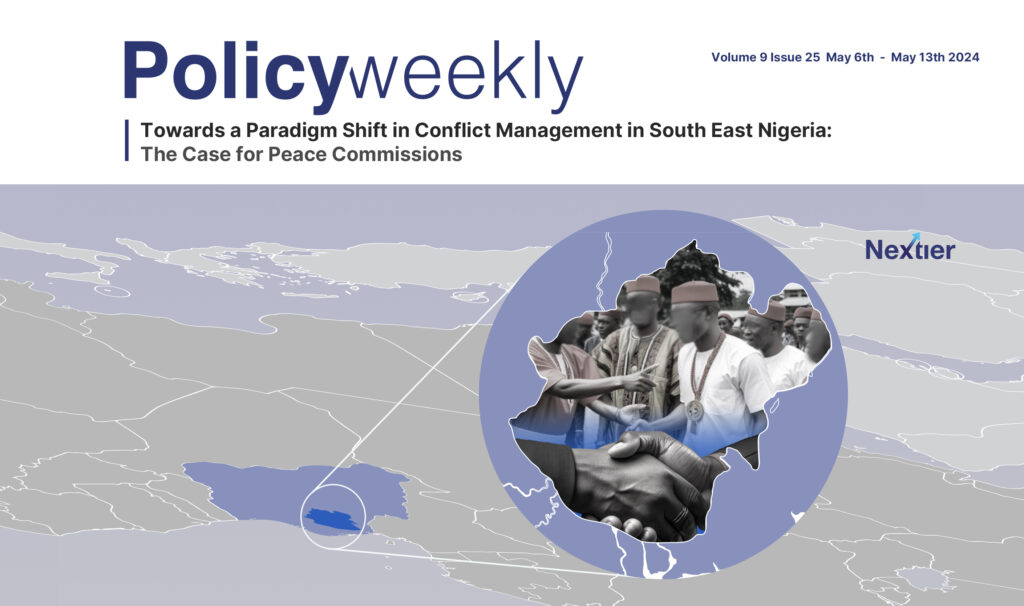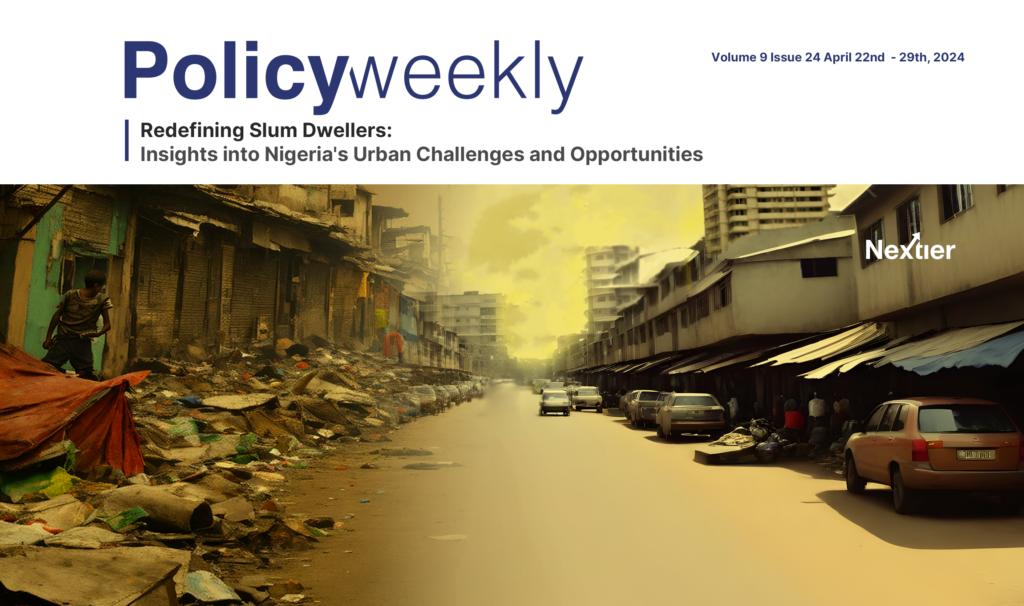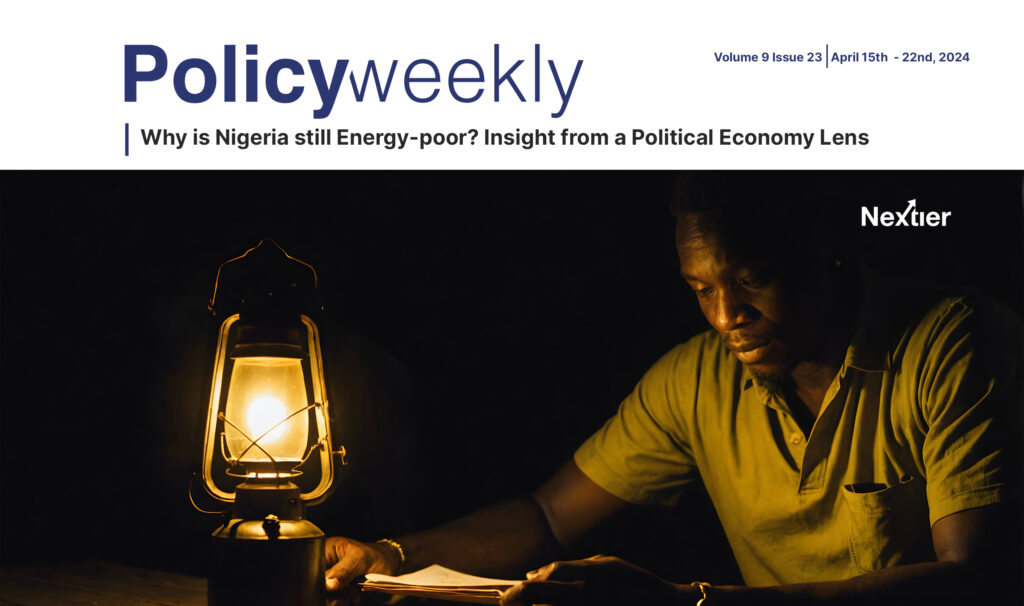Food insecurity is a significant global challenge, impacting numerous countries. According to the Food and Agriculture Organization of the United Nations (FAO)[1], an estimated 783 million people suffer from hunger, constituting 9.2 per cent of the global population. This represents an alarming increase of 122 million people between 2019 and 2022. Furthermore, approximately 37 million individuals face acute food insecurity. Projections indicate that by 2030, nearly 600 million individuals could be chronically undernourished. Particularly affected regions include Africa and Asia, where 20% and 8.5% of the population grapple with undernourishment.
In Nigeria, the scale of food insecurity has surged dramatically, rising by 133 per cent in three years. According to the FAO report, the number of Nigerians facing food insecurity escalated from 63.8 million between 2014 and 2016 to 148.7 million between 2020 and 2022, a trend likely to worsen. This edition of Nextier SPD Policy Weekly delves into the multifaceted issues exacerbating food insecurity in Nigeria, aiming to shed light on the situation’s complexities and explore potential pathways towards sustainable solutions.
Click here to download report



